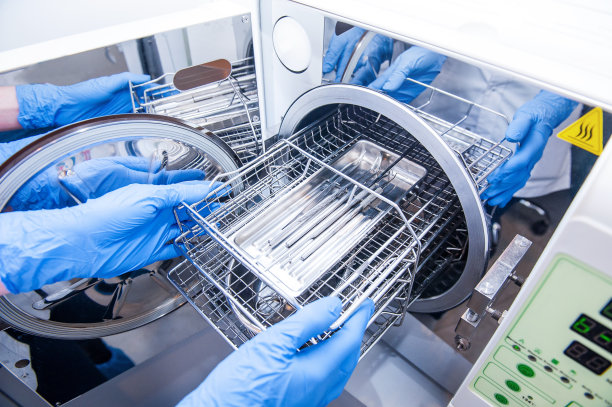The Essential Guide to Safely Extract a Tooth and Promote Healing for Optimal Oral Health
Summary: Extracting a tooth can be a daunting experience, but understanding the steps involved and prioritizing healing can significantly enhance your recovery and oral health. This guide details essential procedures for safely removing a tooth, emphasizes the importance of proper aftercare, and outlines strategies for promoting healing. By following these recommendations, individuals can navigate the tooth extraction process with greater confidence and reduce complications. Furthermore, effective methods to maintain optimal oral health post-extraction are discussed, ensuring youre well-prepared for the journey ahead.
1. Preparing for a Safe Tooth Extraction

Before proceeding with a tooth extraction, it is crucial to prepare adequately. Planning your appointment with a qualified dentist is the first step. They will assess your dental health and determine if extraction is necessary. It’s essential to communicate any medical conditions or medications you are taking that may impact the procedure.
Understanding the type of anesthesia used during the extraction is equally important. Local anesthesia numbs the area, while sedation can help alleviate anxiety. Discuss with your dentist which option is best for you, ensuring you feel comfortable and informed.
Lastly, it is advisable to arrange for someone to accompany you to your appointment. Post-extraction, you may experience temporary discomfort or dizziness, making it essential to have help for transportation and support at home.
2. The Tooth Extraction Procedure Explained
The tooth extraction process typically begins with a thorough examination and imaging of your dental structure. Your dentist will guide you through the procedure, explaining each step. The extraction itself involves loosening the tooth and carefully removing it from the socket.
Extractions may differ based on the tooth’s position. A simple extraction involves easily accessible teeth, while surgical extractions are required for teeth that are broken beneath the gum line or impacted. Your dentist will ensure that the right techniques and tools are used for your specific situation.
Throughout the procedure, it is crucial to communicate with your dentist. Inform them if you feel any discomfort, as adjustments can be made to improve your experience, minimizing anxiety and pain.
3. Post-Extraction Care for Optimal Healing
Post-extraction care plays a vital role in the healing process. Immediately after the procedure, follow your dentist’s instructions regarding biting down on gauze to control bleeding. Avoid using straws, as the suction can dislodge the blood clot, hindering recovery.
Rest is paramount in the days following the extraction. Limiting physical exertion can help speed up healing and reduce complications. Ice packs may also be used to manage swelling and pain, providing relief during the initial recovery phase.
Monitoring your diet is equally important after the extraction. Soft foods that are easy to chew should be incorporated into your meals, while hot, spicy, or crunchy foods should be avoided until the site has healed adequately. Hydration is key, but remember to sip water gently.
4. Maintaining Optimal Oral Health After Extraction
Once the extraction site has started to heal, focus on maintaining optimal oral health. Regular brushing and flossing should be resumed gently, avoiding the extraction site initially to prevent irritation.
Follow-up appointments with your dentist are crucial. They will monitor the healing process and address any concerns you may have. If you experience unusual symptoms, such as increased swelling or prolonged pain, do not hesitate to reach out to your healthcare provider.
Additionally, consider discussing long-term strategies for oral health with your dentist. This may include preventative measures, such as regular check-ups and cleanings, and lifestyle changes that promote dental well-being.
Summary:
In this guide, we’ve explored the essential steps and considerations for safely extracting a tooth while promoting healing and oral health. Preparing adequately for the procedure, understanding the extraction process, providing proper post-care, and maintaining good dental hygiene are all crucial for recovery.
A proactive approach to your oral health will ensure a smoother transition post-extraction and set the foundation for lasting dental wellness.
This article is compiled by Vickong Dental and the content is for reference only


